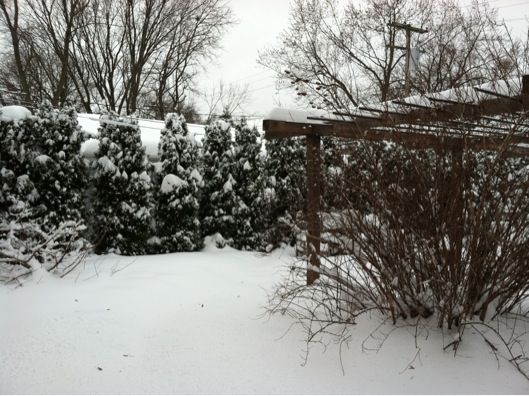My dogwood tree’s blooms are smaller than usual this year. I have noticed that other dogwoods in my area seem weaker in bloom size as well. My tree is in full sun all morning. It does have quite a few lichen-type patches on its trunk and limbs. Any thoughts?
One of the characteristics of dogwoods is a “biennial bearing” trait. Dogwoods do not always bloom the same amount each year. In fact, a healthy dogwood tree may bloom especially heavy one year with a huge berry crop in the fall, and the following year may bloom poorly. Simply, the tree has expended a great deal of energy with little left over to produce flower buds for the next year.
Think back to last spring and the size and quantity of blossom. Because many of the dogwoods in your area are exhibiting similar traits, it is very possible they are responding to environmental conditions. Michigan had a relatively mild fall and winter with less than usual snow cover, and a noticeably dry April. Moisture is a strategic ingredient to abundant flower bud production. To determine next year’s flowering, it is important to observe the quantity of buds in late fall.
It appears you have sited your tree well for beneficial morning sun. The fact that you have lichens appearing on trunk and limbs is not life threatening. Lichens are simply another form of plant life that adheres to the bark, but does not penetrate into the cambium layer. Rather, they obtain their nutrition from the air, which provides all the moisture and microscopic minerals they need. Lichens actually grow in winter, using the leafless tree to have full access to sunlight. As your dogwood leafs out, the lichens stay on limbs within the shelter of the canopy. When the lichen is wet, it grows actively. But when it dries out in summer, it becomes dormant until moisture starts it growing again.
As conscientious homeowners, we have favorite plants in our landscapes. Since your dogwood has produced faithfully in the past, give it a year off for good behavior. Don’t immediately think you must “fix” this blossom issue. Take an observer position, noting seasonal conditions and watching the tree’s overall health and vigor. Plants have their own circadian rhythm just as people do. You can do more harm than good by interrupting nature with additional fertilizers and water.

